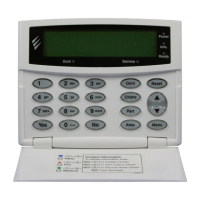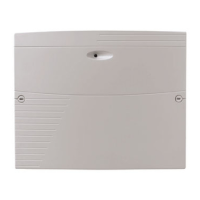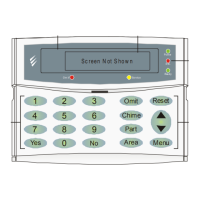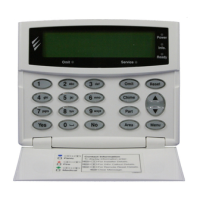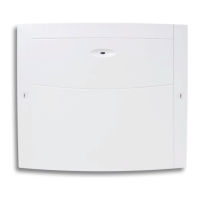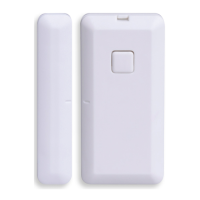Fire Safety & Maintenance Premier 412/816/832 Master User Manual
22 INS141-8
• Make sure your fire warning system is operational
by conducting weekly tests (see “Fire Alarm
Operation” on page 21). If you are unsure about
system operation, contact your installing dealer.
• We recommend that you contact your local fire
department and request further information on fire
safety and escape planning. If available, have your
local fire prevention officer conduct an in-house fire
safety inspection.
Maintenance
With normal use, the system requires minimum
maintenance. The following points should be observed.
1. Do not wash the security control panel or keypads with
a wet cloth. Light dusting with a slightly moistened cloth
should remove normal accumulations of dust.
2. The battery test is designed to determine battery
condition. We recommend, however, that the stand-by
batteries are replaced every five years.
3. For other system devices such as smoke detectors,
passive infrared, ultrasonic or microwave motion
detectors or glass-break detectors, consult the
respective manufacturer’s literature for testing and
maintenance.
Inhibit Functions
For Alarms and Tamper is controlled by the Swinger
shutdown counter which is Engineer programmable and is
defaulted to 3.
Minimum Logical Keys
10,000 for 4 digit code*
100,000 for 5 digit code*
1,000,000 for 6 digit code8
The number of disallowed codes = 0*
*Dependant on the use of the Black Listed codes
function available via Wintex, a maximum of 16 codes may
be Black Listed
European Standards
Conforms to European Union (EU) Low Voltage Directive
(LVD) 2006/95/EC and Electro-Magnetic Compatibility
(EMC) Directive 2004/108/EC. The CE mark indicated that
this product complies with the European requirements for
safety, health, environmental and customer protection. This
equipment is designed to enable an intruder alarm system in
which it is installed to comply with the requirements of
security grade 2 & 3 and Environmental Class II of EN50131-
1, EN50131-3 and EN50131-6 and is suitable for installation
in any indoor environment. Environmental Class II
Glossary
Glossary of terms used in this manual:
Access Code: A four, five or six digit code that is used to
operate the alarm system.
Alarm Receiving Centre: A remote location where alarm
status data is received via the telephone line from the control
panel.
Bypass: A feature that allows the user to exclude selected
zones from being monitored by the alarm system.
Chime: A feature that allows the keypads and internal
sounder to generate a ding-dong sound whenever the
selected zones are violated.
Duress Code: A special type of Access code that reports a
signal to the alarm receiving centre that indicates the system
is being operated under duress.
Forced Armable: An option that can be selected on a zone
by zone basis, that will allow the system to be armed, even if
the selected zone is violated.
Group Bypass: A feature that allows the user to bypass a
group of zones in one go.
Partition: One or more zones that make up an individual
area. This area can independently be armed and disarmed
from other partitions.
Service: A condition that will indicate that a problem has
occurred with the alarm system or with one of its detection
devices.
Zone: A zone is an area of protection that has one or more
detection sensors connected to it (motion detectors, glass-
break detectors, door contacts or shock sensors).

